7 hacks to get the perfect steak from a cast iron skillet
Cooking a steak in a cast iron skillet? Serve up perfection with our top 7 hacks
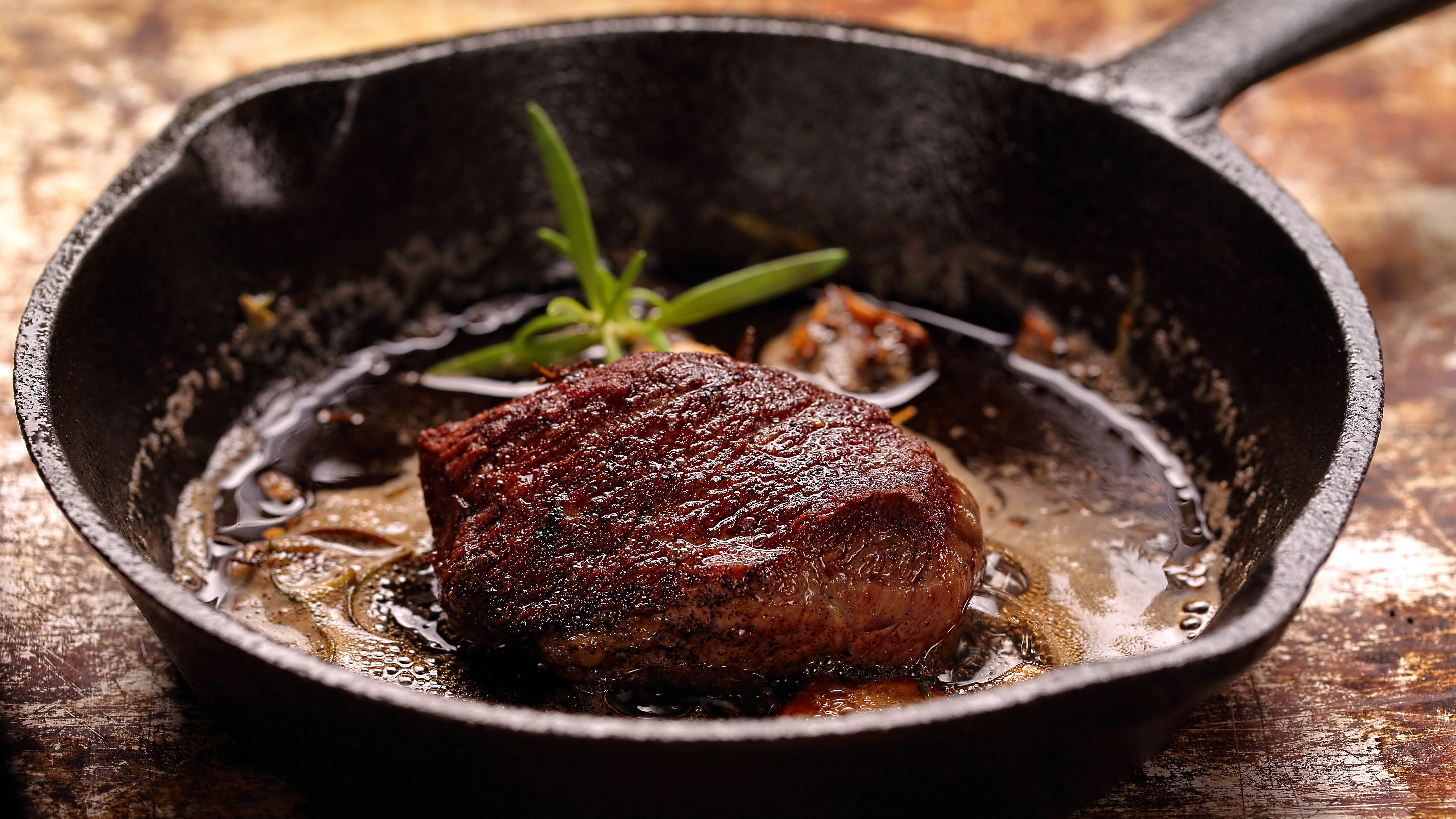
Well done, medium or rare — however you enjoy your steak, one of the best ways to serve this delicious supper is to cook the meat in a cast iron skillet. Nothing else can beat cast iron’s high heat retention properties, and the resulting seared finish obtained.
Cooking steak in a cast iron skillet is ideal as it heats extremely evenly and retains heat well. These qualities allow the meat to be cooked uniformly and quickly as heat loss is minimal. A cast iron skillet is your go-to option for cooking a perfect steak and surpassing thinner options, such as aluminium pans. Although, you should take care to avoid these 6 foods you should never cook in a cast iron skillet.
To help you cook the best steak ever, we’re sharing our top tips on cooking a steak to perfection, along with mistakes to avoid when cooking with a cast iron skillet.
1. Season your skillet

It’s not just the steak that needs prepping before it’s cooked. If your cast iron skillet is new, it must be seasoned, and we’re not just talking salt and pepper.
So, what exactly is seasoning and why is it needed? Lodge Cast Iron says that seasoning is just oil baked onto cast iron through a process called polymerization, which gives your cookware its classic black patina. The process forms a natural, easy-release cooking surface and helps prevent your pan from rusting, with the bonus of extending its life.
Whether your skillet needs to be seasoned or not will depend on whether you have a cast iron or enameled cast iron skillet. Enameled skillets already contain a coating that protects the cast iron core from rusting. And, if you have a cast iron version, without the enamel coating, some brands will already be seasoned before they’re sold. So, check the instructions before going ahead.
If you need to prep your skillet before cooking your steak, follow our advice on how to season a cast iron skillet.
Get instant access to breaking news, the hottest reviews, great deals and helpful tips.
2. Choose your steak with care

Not all steaks are the same. When cooking with a skillet, the cut of steak will make a difference to the result. Once Upon a Chef suggests looking for a boneless, quick-cooking cut between 1-1.5 inches, like a NY, ribeye or filet mignon.
Spruce Eats explains that cooking with a bone will reduce contact with the skillet, resulting in less caramelization on the outside of the meat. Although a ‘prime’ cut will cost more, you’ll end up with a superior reward for your efforts.
The key is to select a steak with a decent amount of fat and marbling. And although we are warned against eating too much fat, it is the fat which will stop the meat becoming dry, while giving it a rich flavour.
3. Don’t overcrowd the skillet

While cooking steak in one batch is tempting, it’s best to give it some space. Placing too many steaks in a skillet in one go stops it from doing what it does best — browning and searing the meat.
Besides making it harder to turn the steaks over, overfilling the pan will create excess moisture that can’t evaporate quickly enough — leaving you with steaks that have been boiled rather than fried and lack the char flavour that a skillet cooking is renowned for.
As a guide, stick to cooking between 1-2 steaks in a skillet at a time. Choose either a 10-inch or 12-inch skillet. A 10-inch skillet will be perfect for cooking one 8oz steak, while a 12-inch skillet will fit two.
4. Select your cooking oil?
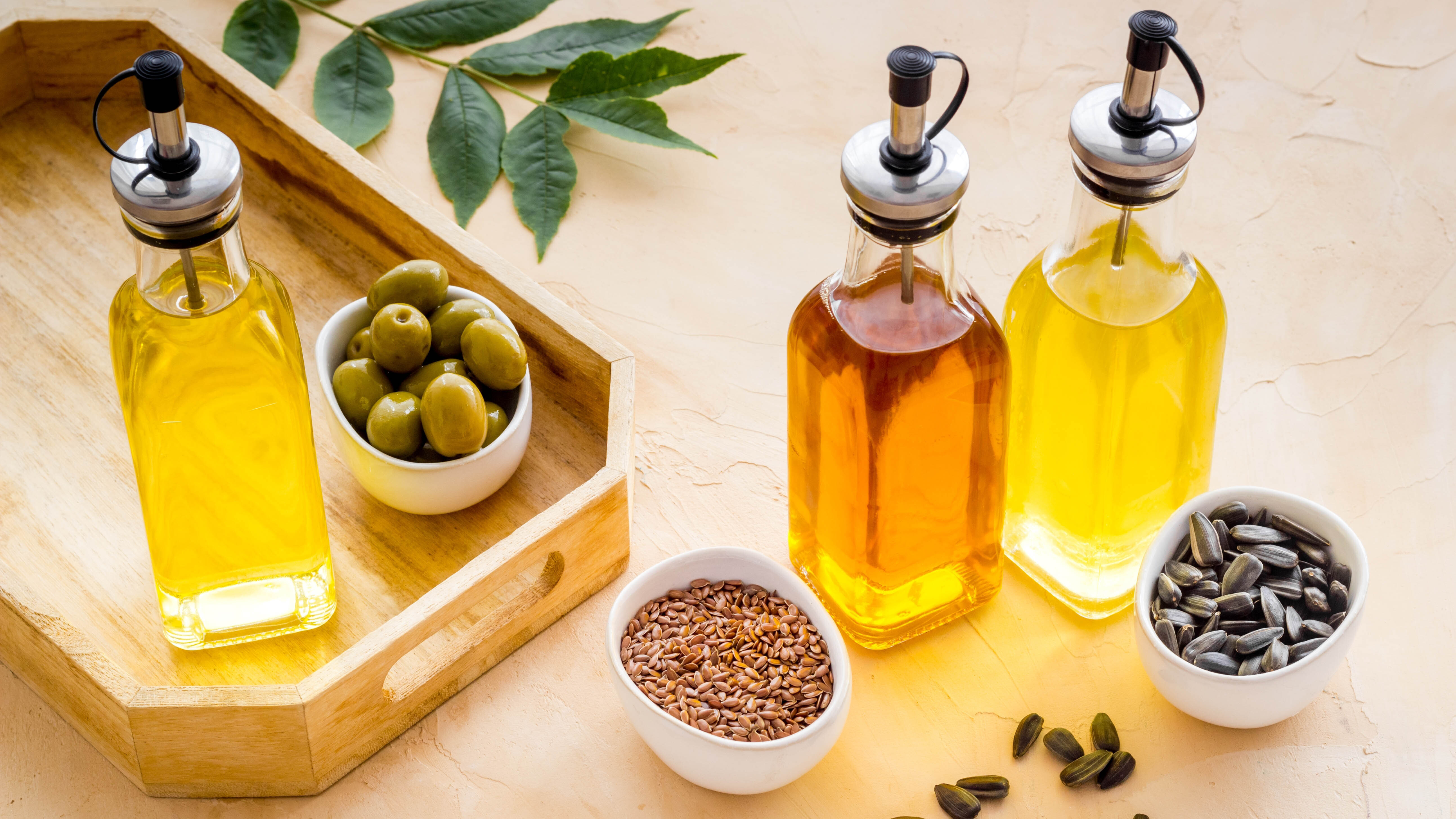
Before cooking your steak, do you need to add extra fat to the skillet? Martha Stewart says it will depend on the cut of meat you’ve chosen. A well-marbled steak will contain enough fat that it won’t need any extra butter or oil, but if you’re cooking a leaner steak, you’ll need to add some extra fat.
For the best result, choose an oil or fat with a high smoke point — the point at which it begins to smoke. As the skillet reaches an extremely high temperature, it’s important to use an oil or fat that is a good match. Peanut or corn oil is a worthy pairing or clarified butter.
Serious Eats has a helpful Smoke Point Index chart, sharing all you need to know about the smoke point temperatures of fats and oils.
5. Go hot, hot, hot
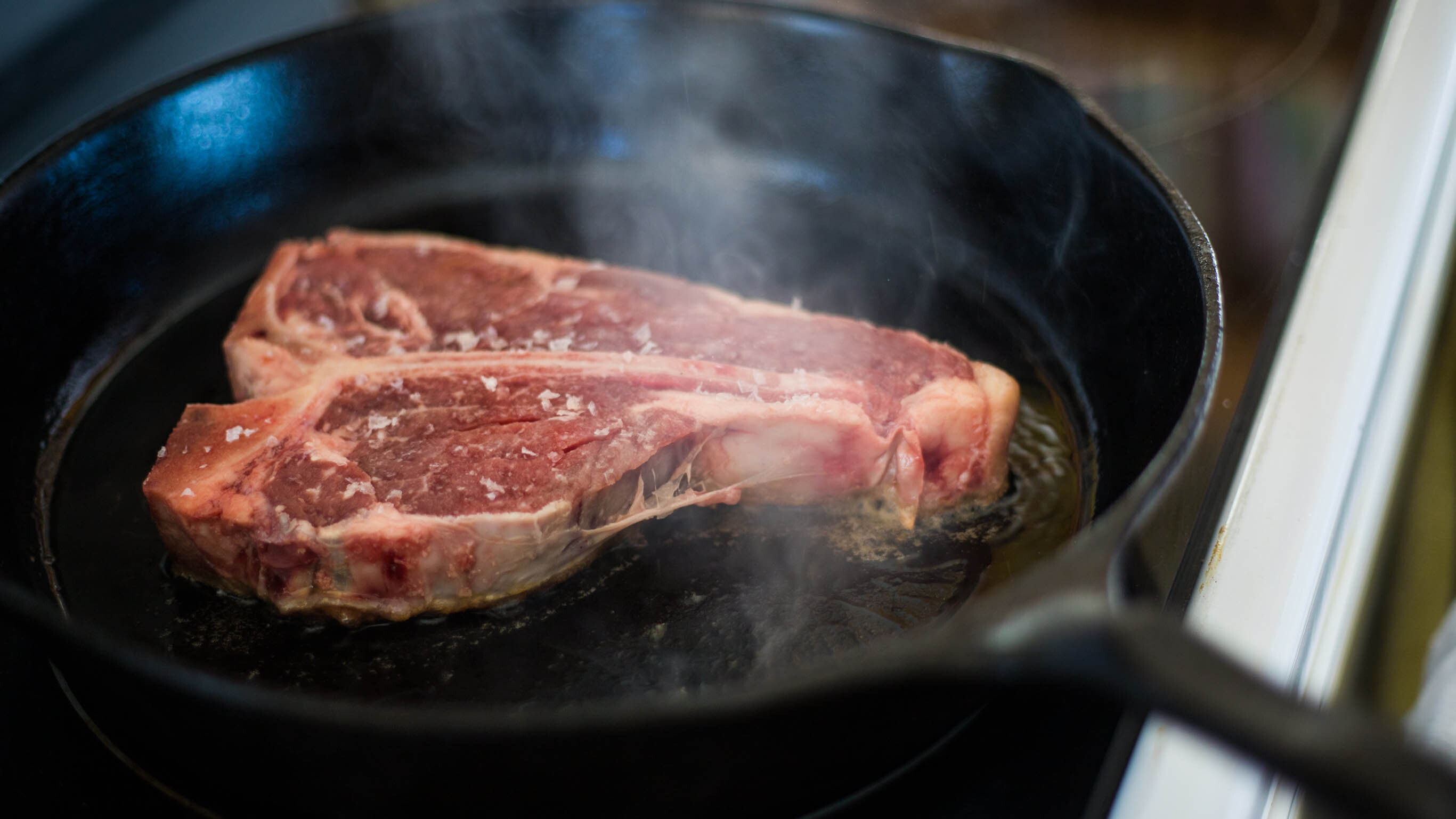
For a tender steak that melts in the mouth, you’ll need to ramp up the heat and cook it quickly. The steaks should be seared at a surface temperature of 425°F and then reduced to 375°F for the remainder of the time.
You can check this using a surface thermometer, such as Etekcity Infrared Thermometer Temperature Gun ($14, Amazon).
During the cooking process it’s worth flipping the steaks every 30 seconds to a minute. Serious Eats says it will help produce a crust, give you a more evenly cooked interior and reduce the cooking time. Although, use tongs rather than a fork. A fork is likely to prick the steak and the lovely juices that add to the taste will escape.
Cooking at a high temperature sears the outside and traps in the flavorsome juices, but you need to be mindful of the internal temperature of the meat.
Although some people prefer their steak on the rare side, the USDA recommends that the meat’s internal temperature reaches 145°F. One of the best meat thermometers will reassure you that your steak is safe to eat.
6. Give your steak a break
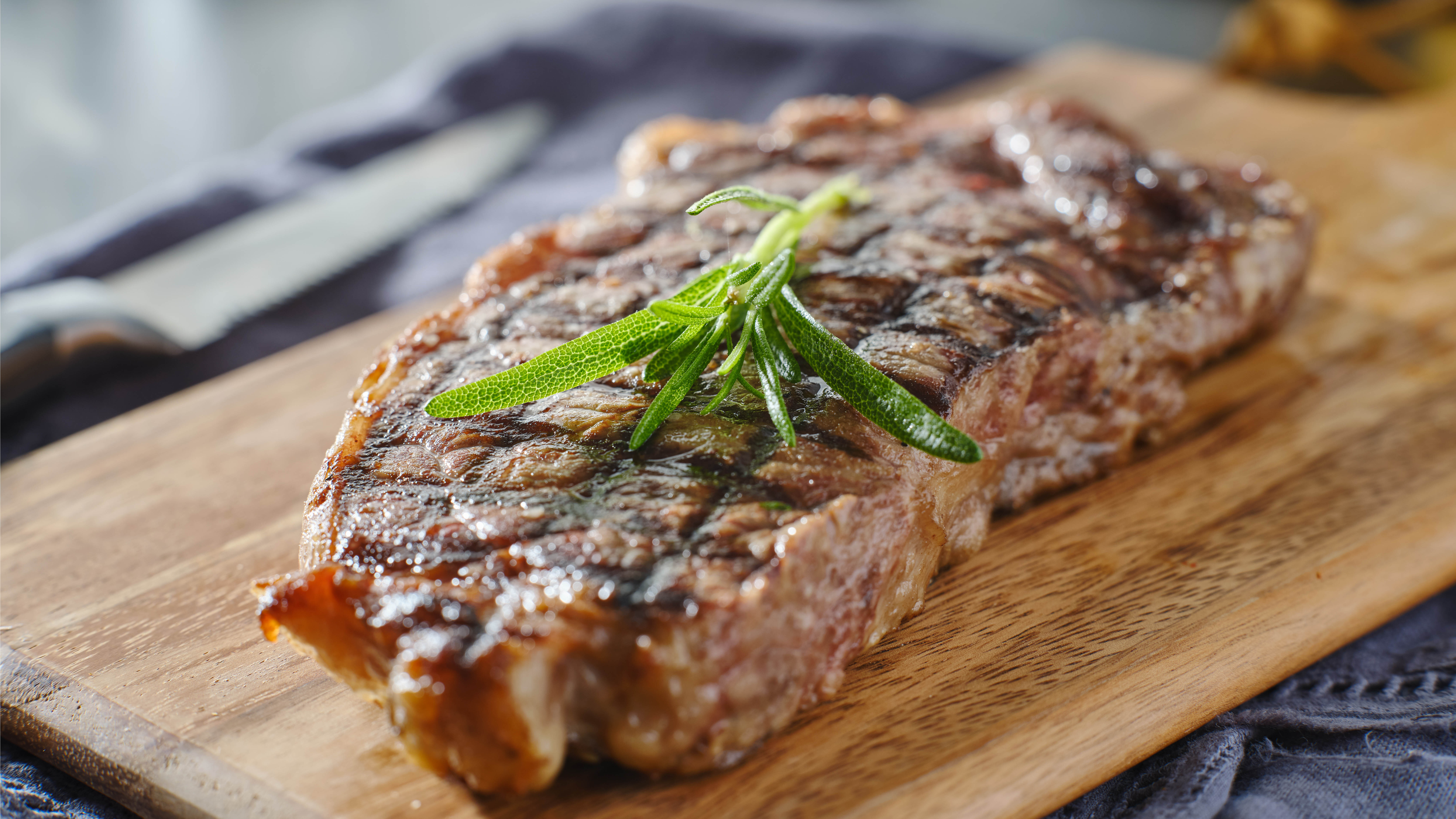
Once cooked, don’t take your steak straight to the table; leave it to rest. All the juices will escape if you cut into the steak hot from the skillet. Giving the meat a breathing space and time to cool allows the juices to redistribute, resulting in a tastier bite. Spruce Eats suggests leaving your steak to rest for about 5 to 7 minutes before slicing, or for 5 minutes per inch of steak.
7. Get ready for next time
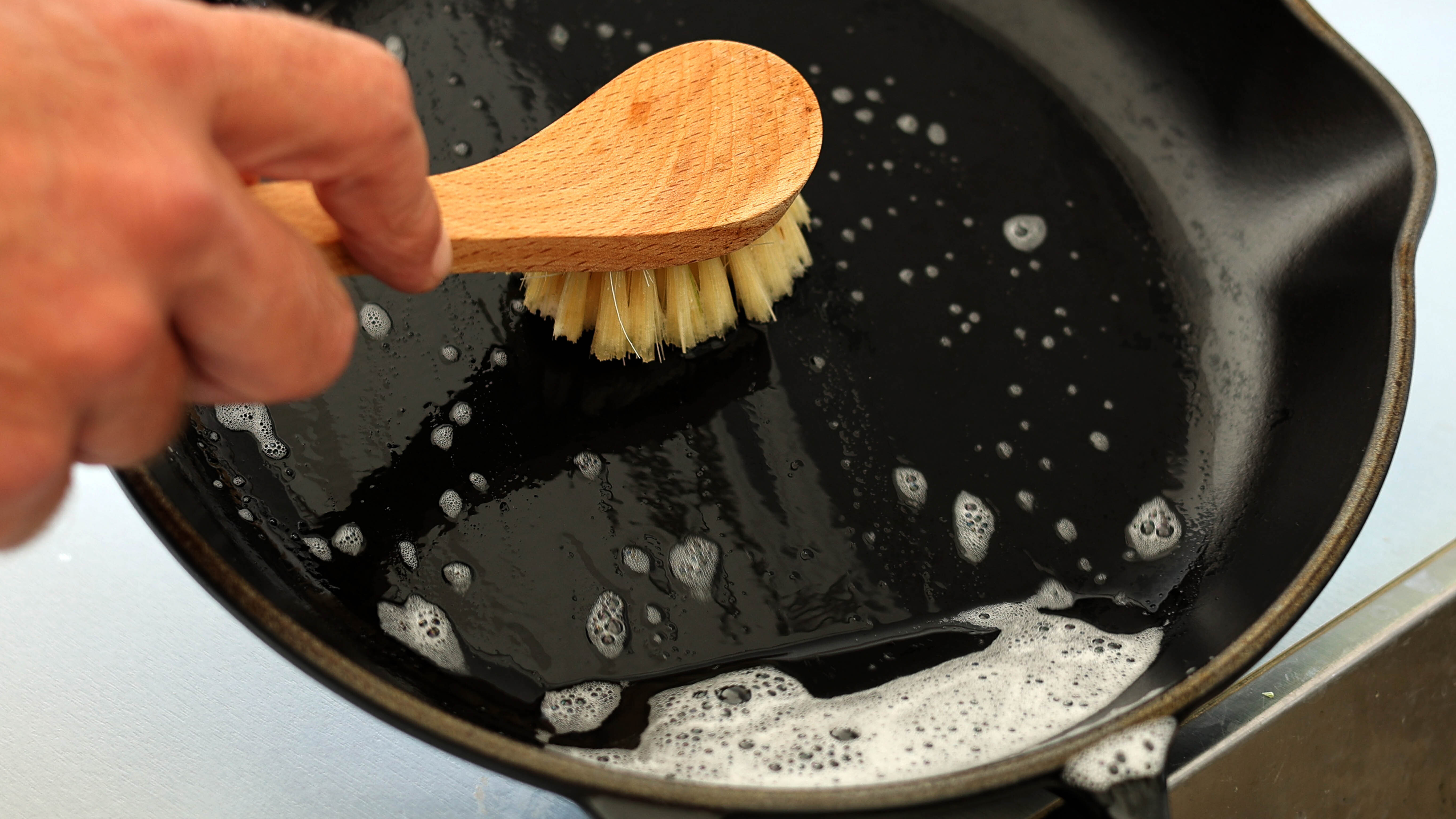
Once you’ve enjoyed eating your perfectly prepared steak, you’ll look forward to your next one. Taking care of your tools will ensure you can enjoy every steak you cook in your skillet. So, knowing how to clean your skillet and remove rust will ensure your equipment is always up to the task.
The best advice is to clean your cast-iron skillet before any residue sticks. Unlike other pans, leaving a skillet to soak is not recommended, as this can promote rust, so rinse it under warm water and use a non-abrasive cleaning sponge to remove any debris.
Your skillet will also need reseasoning occasionally, although the frequency will depend on how often you cook with it. When you notice that your cast iron skillet has lost its glossy surface and food starts to stick, it’s a sure sign that your pan needs to be seasoned.
If you look after your pan, you’ll be able to enjoy plenty of steak dinners, but after time, you may notice signs that it’s time to replace your cast iron skillet. If you take heed of the warning signs and replace it with one of the best cast iron skillets, you’ll be all prepared to enjoy a perfectly cooked steak every time.
More from Tom's Guide
- 5 signs it’s time to replace your cast iron skillet
- How to clean cast iron stove grates to make them look brand new
- How to prevent scratches on your glass stove and keep it like new

Camilla is the Homes Staff Writer and covers everything to do with homes and gardens. She has a wealth of editorial experience, mounting over 30 years, and covers news and features, tests products for reviews and compiles buying guides.
Her work has appeared in business and consumer titles, including Ideal Home, Real Homes, House Beautiful, Homebuilding & Renovation, and Kitchen & Bathroom Business. She’s even appeared on the cover of Your Home, writing about her own house renovation.
Although she’s obsessed with decorating her home, she also enjoys baking and trying out the latest kitchen appliances. But when she’s not inside, you’ll find her pottering about in her yard, tending to her vegetable patch or taking in her prized hydrangeas.
